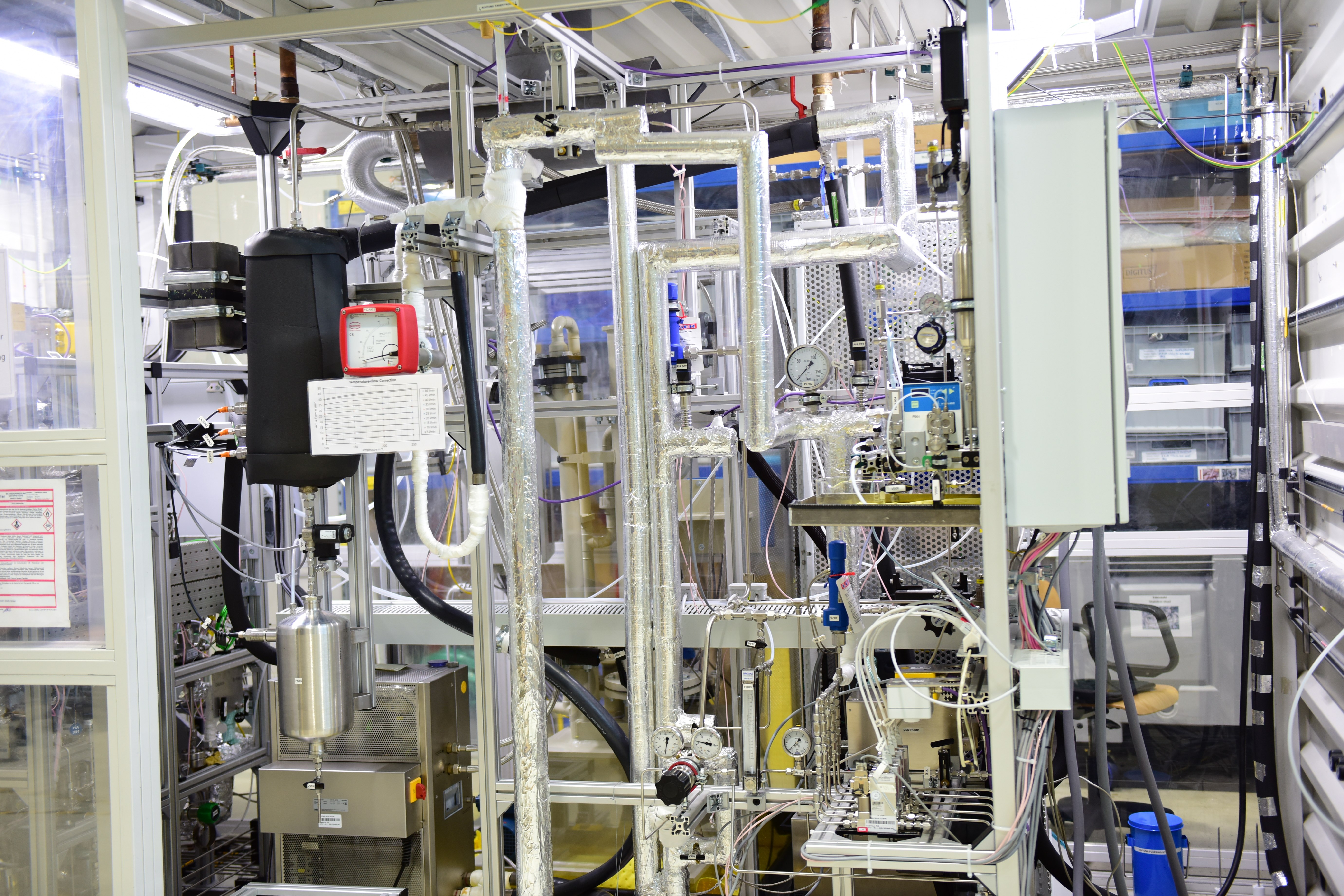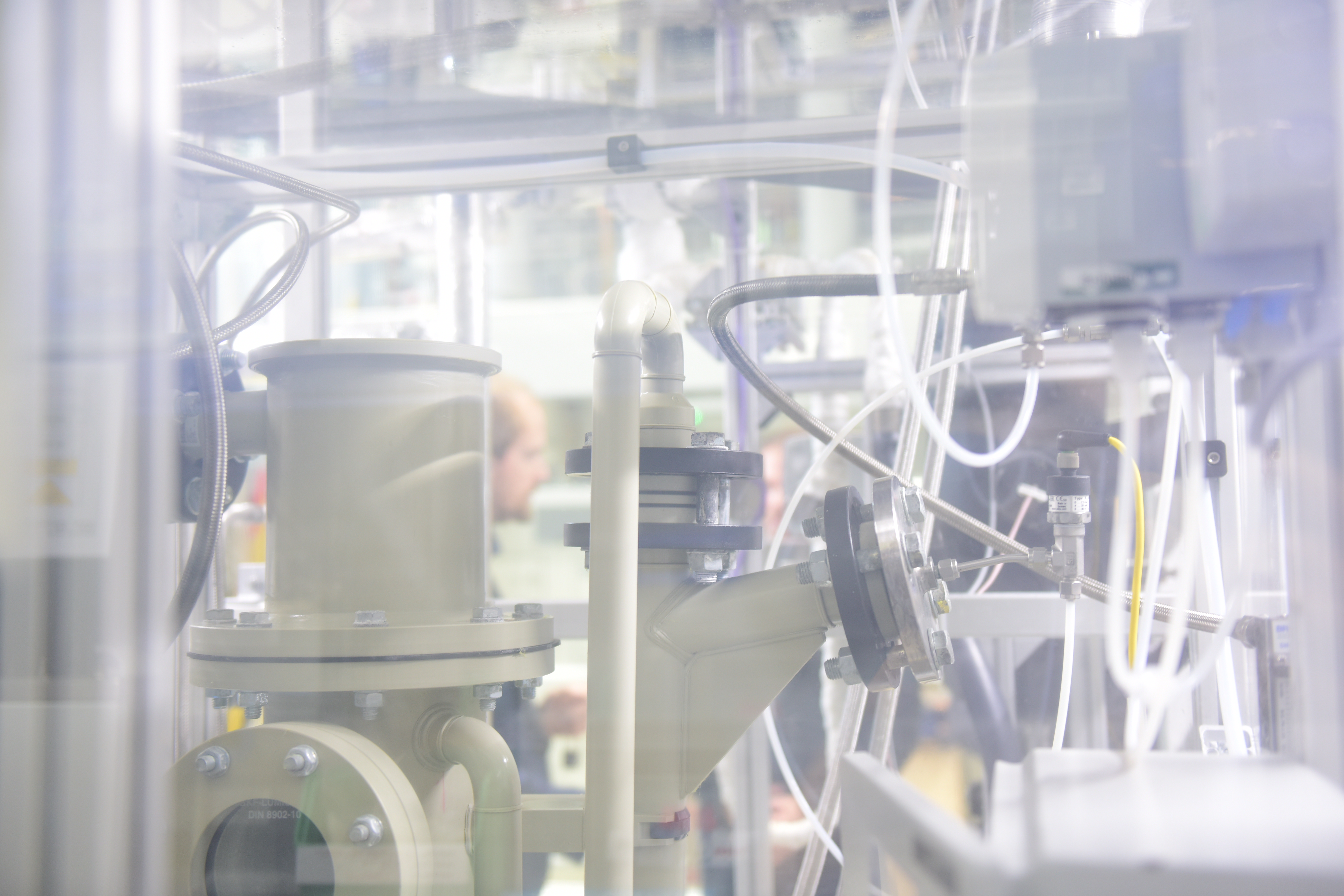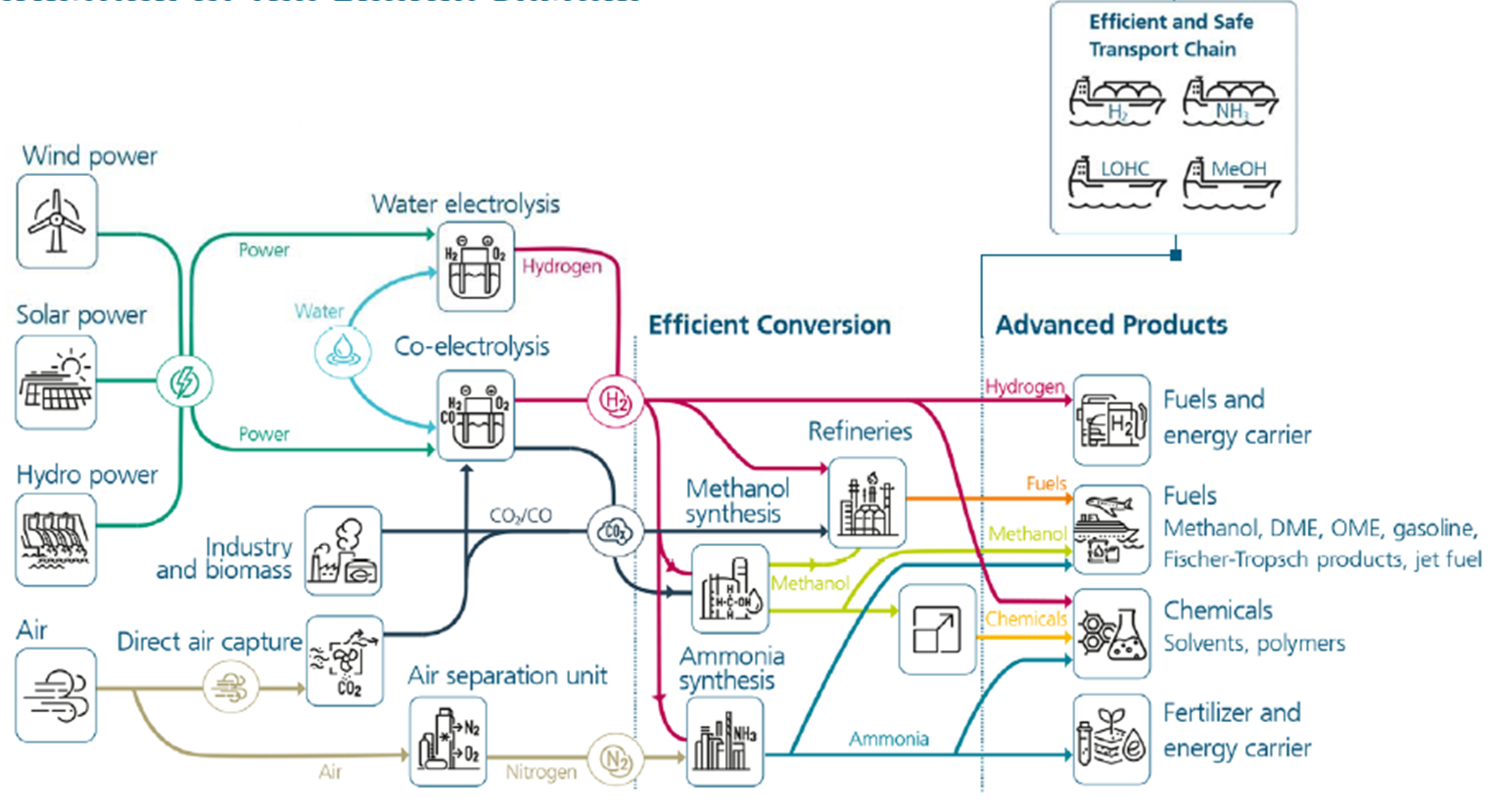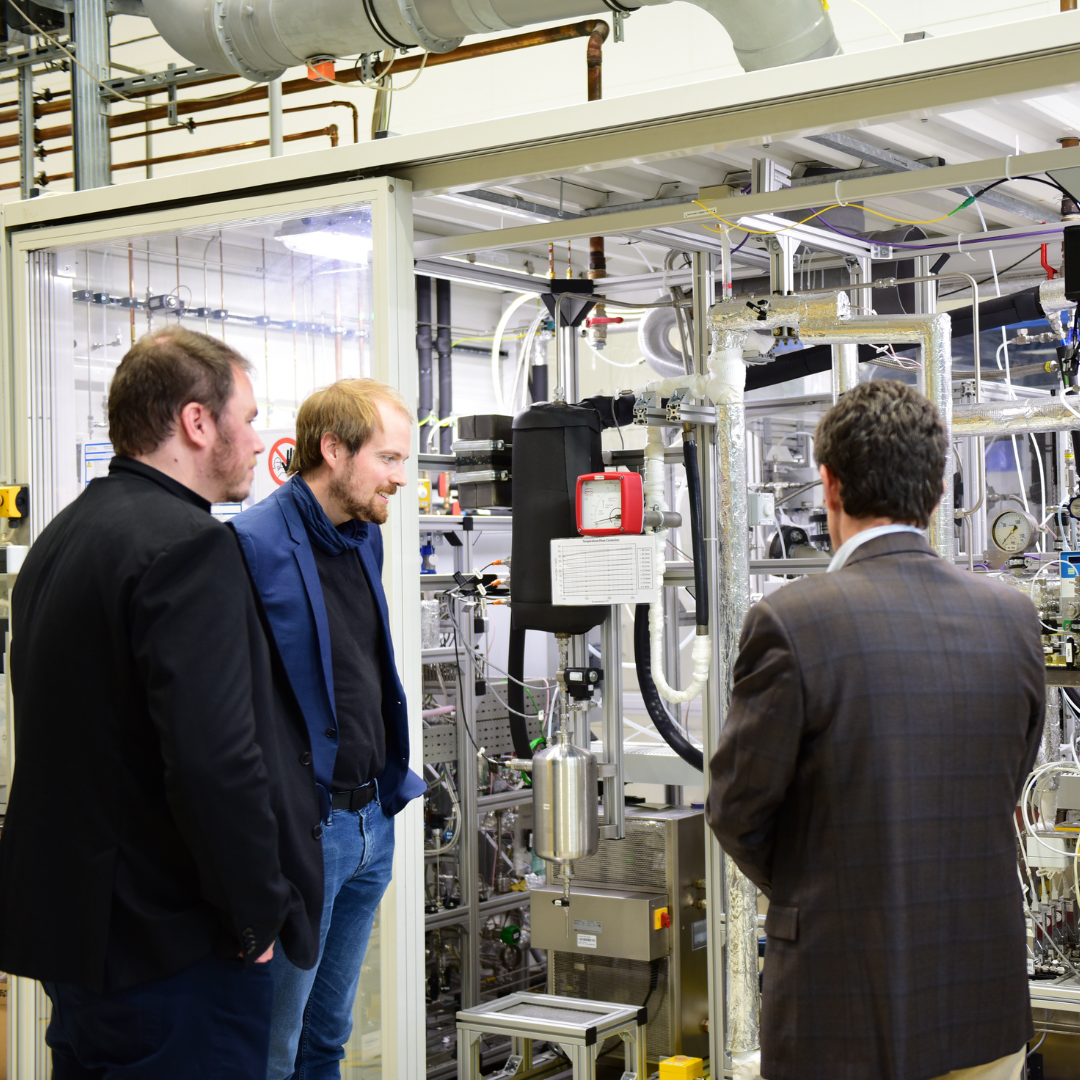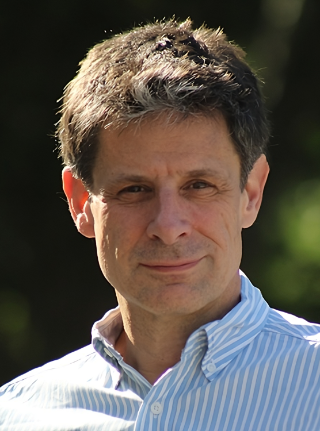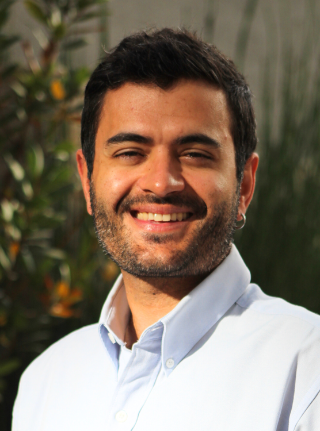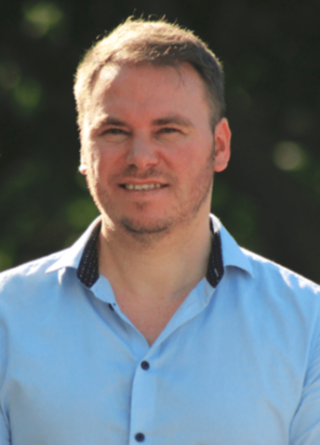Chile has a great advantage to face climate change, having enormous renewable resources, solar and wind energy in abundance, as well as key mineral resources to face the decarbonization of industrial processes in general: copper and lithium.
Our challenge as a country is to efficiently insert ourselves in the global value chains that will be developed to face the decarbonization of economies: we will be able to export fuels and clean energy by implementing green hydrogen technologies.
Based on these renewable energies, it is necessary to move towards sustainable mining, which reduces the carbon footprint of copper and lithium to zero, reducing dependence on fossil fuels throughout the production matrix. This represents an enormous opportunity to sophisticate national production, to develop new export industries, for example: green hydrogen and derivatives.
The solid trajectory of the Fraunhofer Institutes Network in Germany and the rest of the world offers Chile a great advantage to advance in the implementation of these developments and innovations, and in this challenge Fraunhofer Chile offers its capabilities to act as a bridge in the transition to a more sustainable productive matrix.
 Fraunhofer Chile Research
Fraunhofer Chile Research